Think “acids” and you’d be forgiven for conjuring up images of bubbling test tubes, chemical equations and nasty burns. But when used in the right concentrations, facial acids can transform your complexion.
Whether you’re focused on fighting acne, reducing fine lines or creating glowing skin, there’s an acid to do the job. But how do you know what’s best for you?
As a beauty editor, I know how effective acids can be and after years of practice (and many mistakes… glycolic is not for me!) I have my concoctions semi-sorted. But I also know that many of my non-beauty editor friends are mildly terrified of trying them or confused about how to add them into their routines.
What are facial acids?
Put simply, acids are a skincare ingredient used for exfoliation.
There are two primary groups of skincare acids: alpha hydroxy acids (AHAs) and beta hydroxy acids (BHAs)
Both loosen the fluid that bind cells to the upper layer of your skin, revealing a smoother brighter complexion. “Acids have the capacity to target multiple skin concerns by their ability to accelerate skin turnover, lifting away dead skin cells to reveal smoother, more radiant skin,” explains MECCA Skin Expert, Maddie Mills.
Alpha Hydroxy Acids
This is the most popular acid on the block. “AHAs are naturally occurring carboxylic acids found in many foods,” says Dermalogica’s Director of Education, Emma Hobson.
For example, glycolic acid (sugar cane), lactic acid (milk), Azelaic acid (grains), citric acid (citrus fruits) and malic acid (apples). Glycolic and lactic acids are the two most popular.
Glycolic Acid: The All-Rounder
This one ticks all the beauty boxes by stimulating collagen, helping with fine lines, and improving the texture of the skin. Its small molecular size means it’s able to penetrate the skin effectively and work quickly. But – there’s a catch – because it penetrates the skin so deeply and quickly, you can experience a more intense exfoliation, so there is also a higher chance of irritation. So, start slowly and build up your tolerance to it over a few weeks, especially if you are prone to sensitivity
TRY:
Drunk Elephant T.L.C. Framboos Glycolic Night Serum
Frank Body Smoothing AHA Body Lotion
Lactic Acid: For Beginners
“If you are new to acids, lactic acids are for you,” says Hobson. Made from sugar or fermented milk this AHA has a larger molecule size and it is fantastic for those with dry, sensitive skin as it hydrates as it exfoliates. FUN FACT: Cleopatra was an early AHA adopter and took regular milk baths to improve her skin.
TRY:
BETA HYDROXY ACIDS
These are your breakout busters – found in plants, tree bark, fruit and some dairy. They act as a gentle chemical exfoliant to help brighten your skin and minimise the occurrence of acne and unwanted spots.
Salicylic Acid: Best for Acne
Chances are, if you’ve ever bought an over-the-counter acne treatment, you’re probably already friendly with salicylic acid. That’s because salicylic acid is an oil-loving ingredient (lipid-soluble) that penetrates and dissolves oil that clogs pores while also exfoliating away dead skin cells. Even better, it works without irritating already inflamed skin thanks to its anti-inflammatory properties.
TRY:
Clearing Skin Wash, Face Wash For Acne Dermalogica
Pimple Patches – Best Face Forward
OTHER ACIDS
Hyaluronic Acid: For a moisture hit
This acid is not like all the other acids. That’s because it doesn’t exfoliate, and yet it’s technically still an acid because its pH is lower than neutral. Hyaluronic acid is a humectant (which means it retains water) and is best known for its heavy lifting on the moisturising front. The sugar-derived molecule is able to absorb up to 1000 times its weight in water and helps trap moisture in the skins surface – keeping it soft, dewy and line free.
TRY:
Niacinamide + HA Serum – Viviology
Tea Elixir Skin Resilience Serum, Fresh
Ferulic Acid: The Glow Getter
“Found in the hydroxycinnamic acid family, its primary function is an antioxidant preventing premature skin ageing,” explains Hobson. It’s a naturally occurring substance often found in the leaves and seeds of plants and in foods like tomatoes and carrots. Commonly paired with Vitamin C and E (to help stabilise both), ferulic acid’s brightening benefits make it ideal for anyone dealing with dullness, dark circles, and hyperpigmentation.
TRY:
C15 Super Booster, Paula’s Choice
SkinCeuticals C E Ferulic Serum
Retinoic Acid: The Time Fighter
This acid gets a lot of airtime – and for good reason. ‘Retinoic acid’ is a member of the retinol (vitamin A) family of compounds. These are known collectively as ‘retinoids’ and are scientifically proven to improve the skin’s surface and structure by boosting collagen and elastin production by reducing the appearance of fine lines and wrinkles.
TRY:
Pure Retinol Eye Cream 15 mL by No7
RoC Retinol Correxion Deep Wrinkle Night Cream 30ml
Can you over do acids?
In a word: YES! In particular with the overuse of retinol. If you experience skin irritation, flakiness, or dryness – chances are you’ve over done it. Start slowly and use them as prescribed (no self-prescribed fast-tracking!) is best and of course daily SPF is MUST.




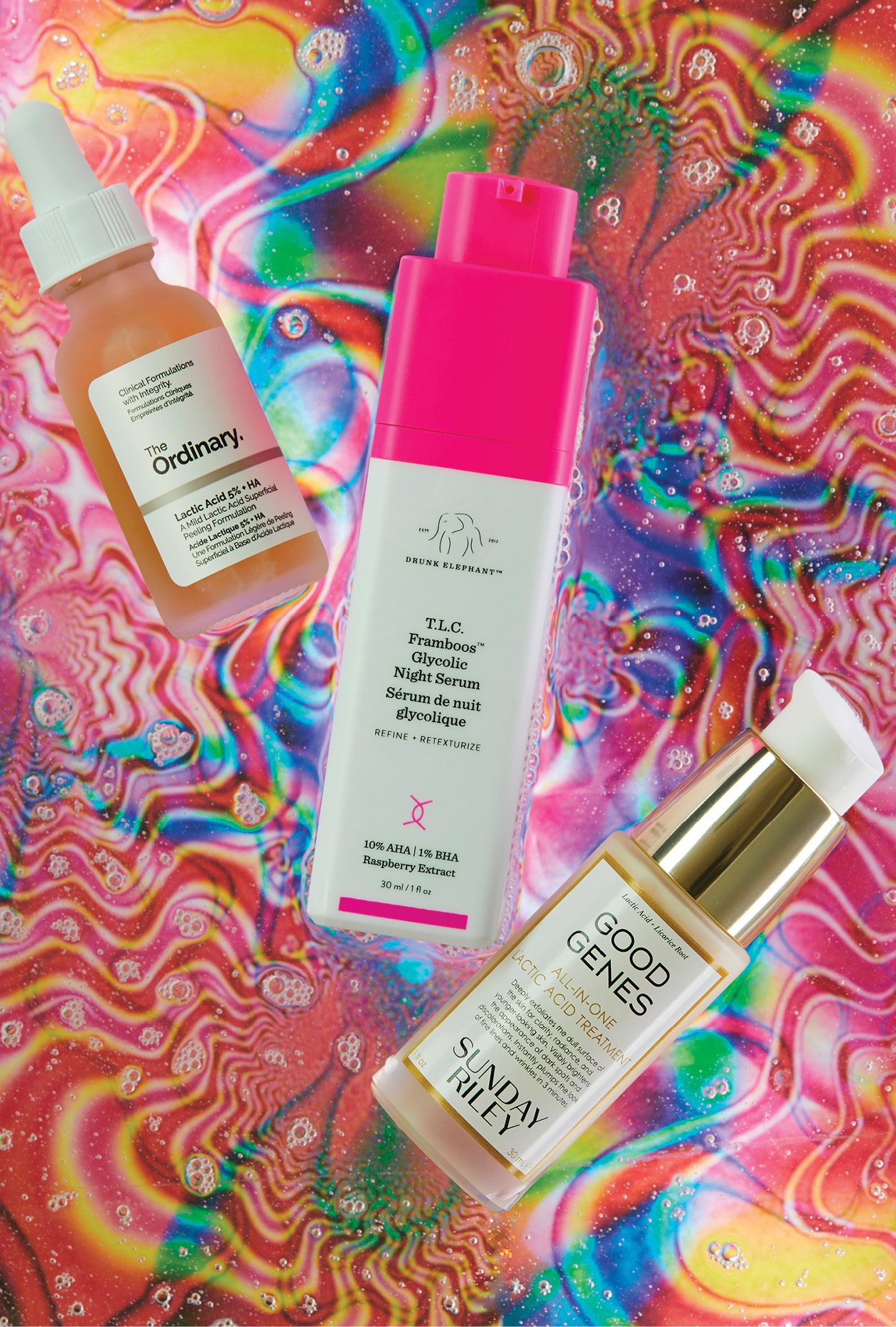
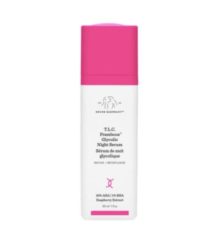
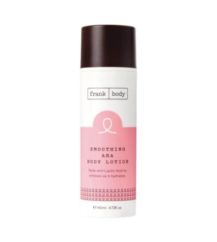
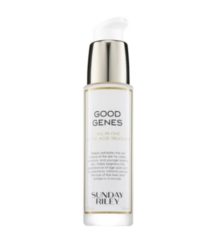
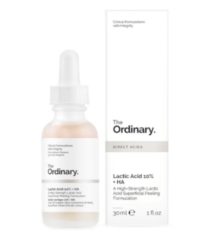
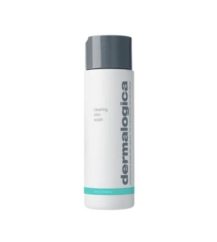
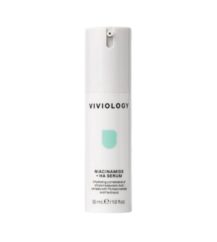
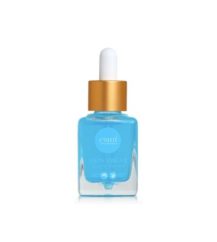
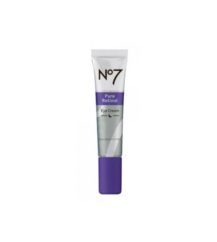
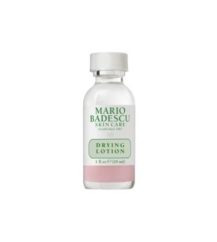
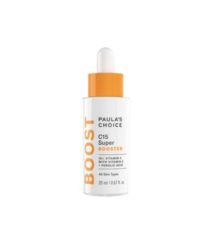
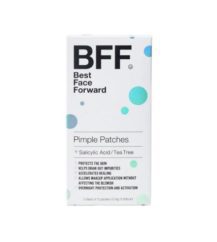
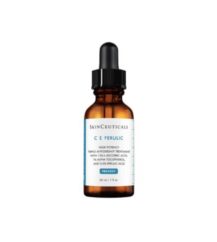


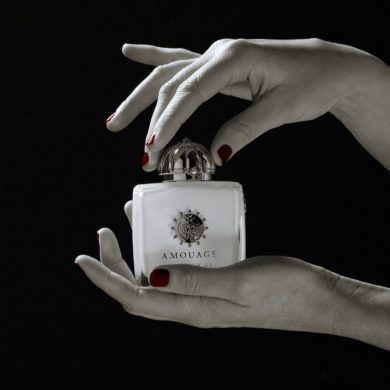
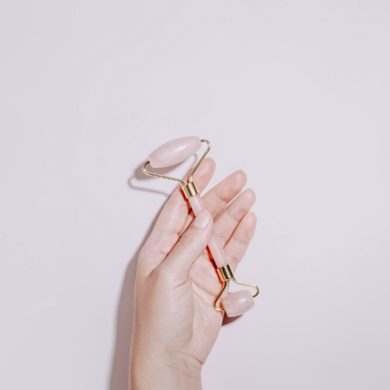


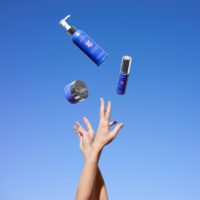

No Comments